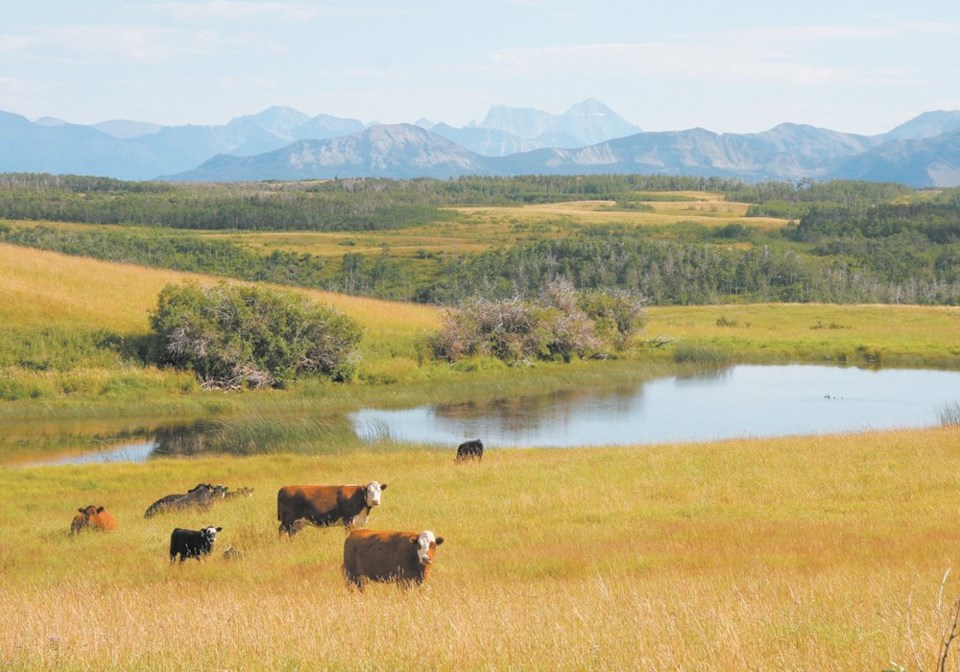WESTERN PRODUCER — Agriculture in Western Canada can’t lose over the long haul, provided we keep our ducks in a row, or rather cattle, pigs, poultry and crops in neat rows the world can identify with as being sustainably managed and environmentally sensitive.
However, window dressing won’t cut it. Government funding of change should be structural and not a coat of good paint.
One-size sustainability measures don’t fit all of agriculture.
Getting caught up in the carbon release reduction vortex might look good, but future science will show that the current science was already telling us what works and doesn’t in ag.
It isn’t that farmers in Western Canada aren’t active participants in carbon efficiency moves —they are. The trouble is, folks want simple answers to complicated issues. They also want to know that their leaders, corporate and government, are making changes.
They want to hear about cover crops because these make sense when it comes to soil erosion and potentially nitrogen sequestration, less erosion and leaching losses of nutrients. This is especially useful in places with 160 frost-free days and average annual rainfall of more than 20 inches, such as the U.S. Midwest, Central Canada and the Pacific Northwest.
Knock off about an inch of annual rainfall for every 160 kilometres one travels west from the Mississippi River, or in a Canadian context, Toronto.
Cover crops sound good, unless you are farming the drought-prone parts of the Prairies, where in most years every millimetre of moisture needs to directly support grain production, and nutrients have fewer places to go.
As well, our arid pastures and feedlots are fed almost exclusively by rainfall, and they aren’t typically where cattle are produced on this continent. Much of that high-capacity beef production is done using what is now considered ancient water from the Ogallala aquifer that runs from South Dakota and Wyoming south to Texas.
Farming needs first to be financially sustainable before it can be environmentally so. Inappropriate government supports for agriculture and limited environmental accountability can encourage production of livestock, such as cattle finishing in western Kansas based on irrigation from the Ogallala, making them seem sustainable.
Environmental-sustainability audits would paint a different picture. Western Canadian beef production is a hands-down winner here.
The Canadian government wants prairie agriculture to succeed, both financially and environmentally. Large food corporations want to source their products from successful farmers who aren’t forced to cut corners to make ends meet. The problem is that both want to be seen as requiring producers to change and as having a role in facilitating it, rather than holding up what farmers are now doing as being the right things.
Consumers and voters want to hear, and to a point, are willing to commit tax dollars to support change. They also want to hear those producers that are already doing the right things.
Financial realities in prairie agriculture caused many of the carbon efficiencies that exist today.
If government and industry want to be seen to be doing the right things related to prairie agriculture, they can fund research for better tools and information.
We have centres such as the Prairie Agricultural Machinery Institute and at university agriculture departments and provincial government branches, as well as Agriculture Canada, which are all capable of meaningful solutions that fit the region.
Karen Briere, Bruce Dyck, Barb Glen and Mike Raine collaborate in the writing of Western Producer editorials.

